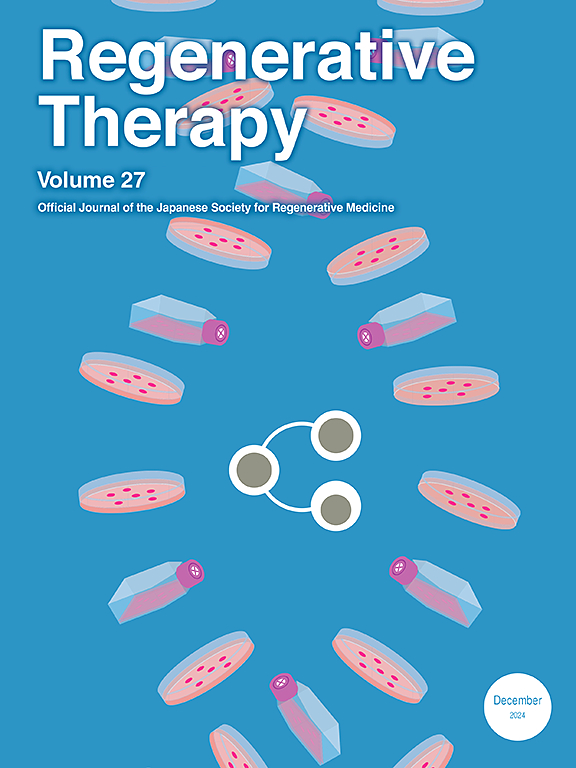Viral-based gene therapy clinical trials for immune deficiencies and blood disorders from 2013 until 2023 - an overview
IF 3.4
3区 环境科学与生态学
Q3 CELL & TISSUE ENGINEERING
引用次数: 0
Abstract
Gene therapy (GT) as a groundbreaking approach holds promise for treating many diseases including immune deficiencies and blood disorders. GT can benefit patients suffering from these diseases, especially those without matched donors or who are at risk after hematopoietic stem cell transplantation (HSCT). Due to all the advances in the field of GT, its main challenge is still gene delivery. Generally, gene delivery systems are categorized into two types depending on utilized vectors: non-viral and viral. Viral vectors are commonly used in GT because of their high efficiency compared to non-viral vectors. In this article, all clinical trials on viral-based GT (with the exclusion of CRISPR and CAR-T cell Therapy) in the last decade for immune deficiencies and blood disorders including Severe combined immune deficiency (SCID), Wiskott-Aldrich syndrome (WAS), Chronic granulomatous disease (CGD), Leukocyte adhesion deficiency (LAD), Fanconi anemia (FA), Hemoglobinopathies, and Hemophilia will thoroughly be discussed. Moreover, viral vectors used in these trials including Retroviruses (RVs), Lentiviruses (LVs), and Adeno-Associated Viruses (AAVs) will be reviewed. This review provides a concise overview of traditional treatments for the mentioned disease and precise details of their viral-based GT clinical trial studies in the last decade, then presents the advantages, disadvantages, and potential adverse events of GT. In conclusion, this review presents GT as a hopeful and growing field in healthcare that could offer cures to diseases that were previously thought to be untreatable.
求助全文
约1分钟内获得全文
求助全文
来源期刊

Regenerative Therapy
Engineering-Biomedical Engineering
CiteScore
6.00
自引率
2.30%
发文量
106
审稿时长
49 days
期刊介绍:
Regenerative Therapy is the official peer-reviewed online journal of the Japanese Society for Regenerative Medicine.
Regenerative Therapy is a multidisciplinary journal that publishes original articles and reviews of basic research, clinical translation, industrial development, and regulatory issues focusing on stem cell biology, tissue engineering, and regenerative medicine.
 求助内容:
求助内容: 应助结果提醒方式:
应助结果提醒方式:


